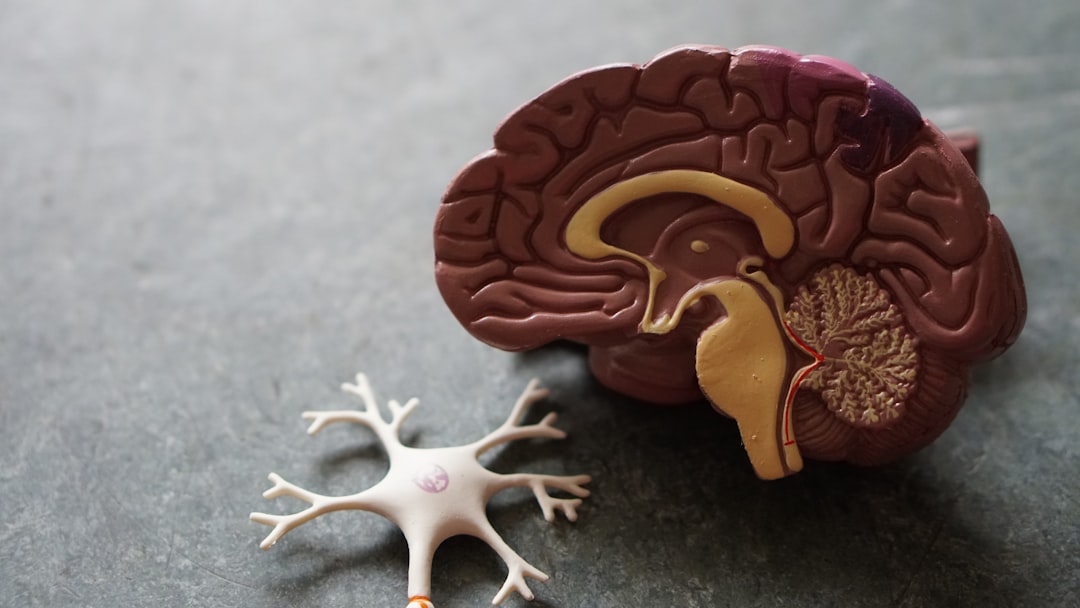What is it about?
Prison work and professional training can be decisive to promote the resocialization of former inmates. The Replanting Life program (Programa Replantando Vidas) employs, trains, and remunerates inmates to work in forest restoration activities. We evaluated the program’s environmental benefits and prisoners’ motivation and perception changes after working with forest restoration. Recidivism rates among the participants were also determined. P.S. The program is conducted by the Rio de Janeiro State Company of Water and Sewage (“Companhia Estadual de Águas e Esgotos do Rio de Janeiro” – CEDAE).
Featured Image

Photo by Noah Buscher on Unsplash
Why is it important?
Between 2015 and 2019, the program’s nurseries produced 1,014,960 seedlings and collected more than 3 tons of seeds from 248 Atlantic Forest species. In this period, 326 prisoners worked in the program for at least a month. The primary motivation that led inmates to seek job opportunities in the program was the right to remission, followed by professional training. Among the benefits perceived by prisoners for their lives, the most mentioned were the increased sense of responsibility, professional training, and family appreciation. The inmates that worked in forest restoration activities had recidivism rates of 22%, which is lower than the national average.
Perspectives
After years of experience and learning how to work and understand the inmates, we perceived the need to share our results to back up new projects and other demands in this subject. We believe that prison work in forest restoration can promote environmental benefits, reduce recidivism, and soften the prison system. We hope that our work in the Replanting Life program can be seen as a successful example that can be replicated in other Brazilian states and other countries. We also hope this paper can stimulate discussions concerning prison labor or other social aspects of forest restoration.
Dr. Jorge Makhlouta Alonso
Read the Original
This page is a summary of: Replanting life: ecological and human restoration, Restoration Ecology, July 2021, Wiley,
DOI: 10.1111/rec.13493.
You can read the full text:
Resources
Contributors
The following have contributed to this page










